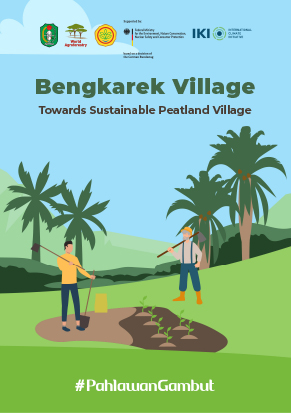The United Nations Convention to Combat Desertification and its sister conventions, the United Nations Framework Convention on Climate Change and the Convention on Biological Diversity, all aim to halt or mitigate the deterioration of the ecological processes on which life depends. Sustainable land management (SLM) is fundamental to achieving the goals of all three Conventions. Changes in land management undertaken to address dryland degradation and desertification can simultaneously reduce net greenhouse gas emissions and contribute to conservation of biodiversity. Management to protect and enhance terrestrial carbon stocks, both in vegetation and soil, is of central importance to all three conventions. Protection of biodiversity conveys stability and resilience to agro‐ecosystems and increases carbon storage potential of dryland systems. SLM improves livelihoods of communities dependent on the land. Despite these complementarities between the three environmental goals, tradeoffs often arise in their pursuit. The importance of human–environment interactions to the condition of land compels attention to adaptive management. In order to reconcile concerns and agendas at a higher strategic level, identification of synergies, conflicts, trade‐offs, interconnections, feedbacks and spillover effects among multiple objectives, drivers, actions, policies and time horizons are crucial. Once these issues are transparent, coordinated action can be put into place across the three multilateral environmental agreements in the development of strategies and policy measures to support SLM.
DOI:
https://doi.org/10.1002/ldr.1086
Altmetric score:
Dimensions Citation Count:
























